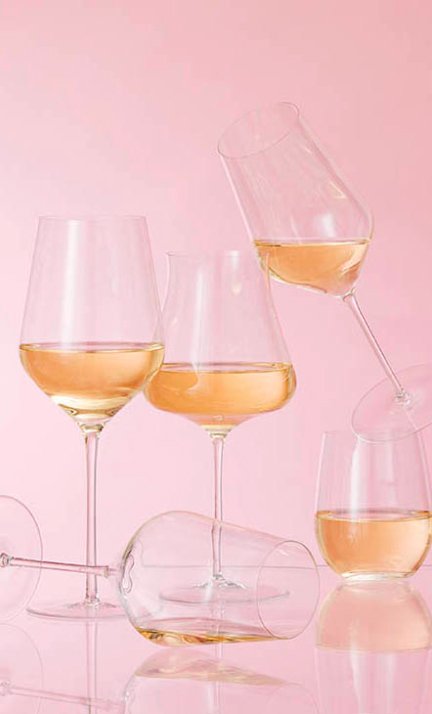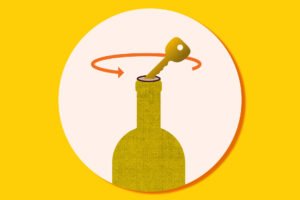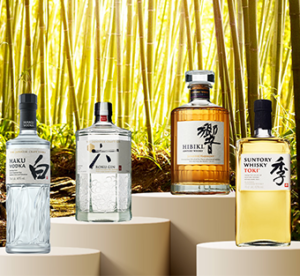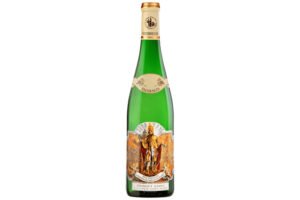Barossa Vines Continue a 134-Year-Old Legacy

[ad_1]
Barossa Valley wine folks are no strangers to old vines. The South Australian wine region boasts some of the oldest continuously producing grapevines on the planet. The oldest of these gnarled, phylloxera-free relics date back to 1843. In 2009, Barossa Grape & Wine, the region’s tourism and industry body, created an Old Vine Charter, which classifies vines between 35–125 years of age into specific categories; vines older than 125 years are dubbed “Barossa Ancestors.”
One of these “ancestors” lives at Hoffmann Vineyards, owned and operated by fifth-generation winegrower Adrian Hoffmann. The Hoffmann homestead was founded in 1857, and the family has been growing grapes commercially since the 1880s.
Located in Ebenezer, a subregion of Northern Barossa, Hoffmann manages 370 acres of vines, of which he and his family own 235 acres. Their crown jewel is the Dallwitz Old Block, a 50-acre vineyard named after the family who planted it between 1888 and 1912. It was bought by Adrian’s grandfather Gordon in 1954. There’s a little Grenache and Mataro, but the oldest and most treasured is the Shiraz, which stretches its roots deep into soil composed primarily of red-brown earth over red clays and limestone reefs.
“The challenge is keeping them alive and producing quality fruit to warrant keeping them in the ground,” says Hoffmann. “They are generally harder to work as there is much more manual labor, and they need to be supported by a good trellis system.”
The old vine fruit was once a key component of Barossa Valley Estate’s well-known E&E Black Pepper Shiraz, and, most famously, of Penfolds Grange. But today, the old vine grapes can be found in the wines of over 40 different producers, from well-known names like Chris Ringland, Two Hands Wines and Torbreck Vintners, to small, avant-garde producers like The Standish Wine Company and Sami-Odi.
“As Adrian assumed more responsibilities for the estate [in the early 2000s], he wanted to avoid the risk of having income dependent on only two wineries that were also becoming more corporate and asking for contracts where handshakes were the way business was traditionally conducted in the Barossa,” says Chuck Hayward, owner of Vinroads consulting company. “So, he sought out many of the newer wineries popping up in Barossa.”
Hoffmann still conducts business with a Barossa-style handshake as well as hand delivery of the fruit for individual wineries.
As for the vines, their lineage continues. Hoffmann plants new vines each year, and many of the cuttings come from the Dallwitz Old Block.
“Preserving the history of these vines for future generations is the reward,” he says. “But personally, for me, pruning the same grapevine that my great-great-grandfather would have pruned—that’s pretty special.”
This article originally appeared in the August/September 2022 issue of Wine Enthusiast magazine. Click here to subscribe today!
Published on July 21, 2022
[ad_2]






